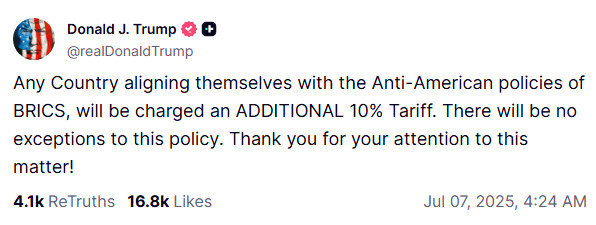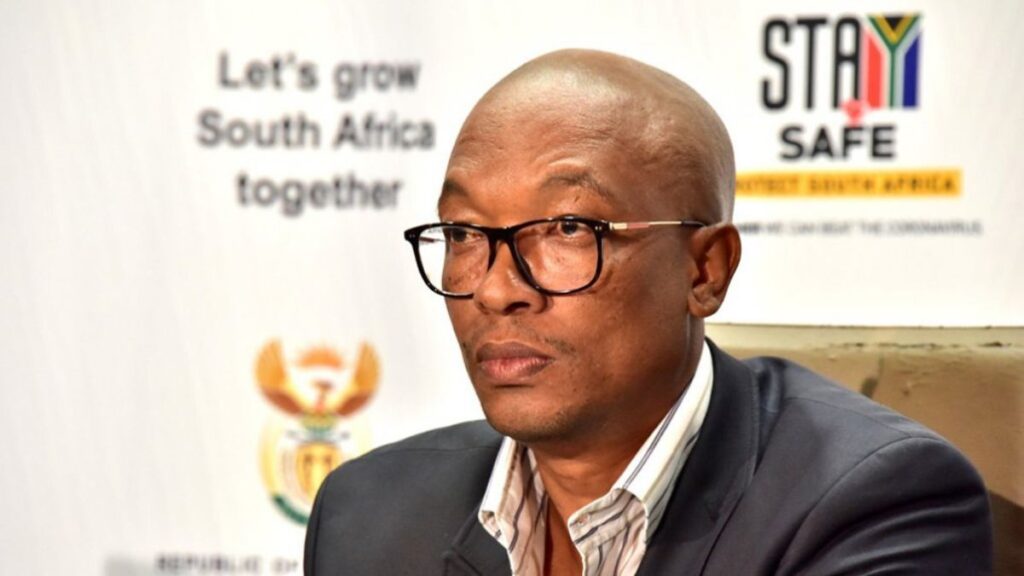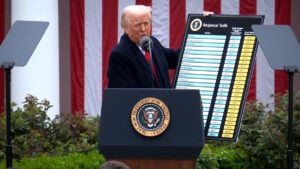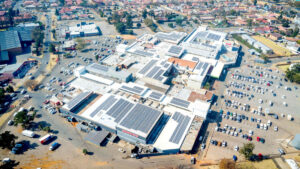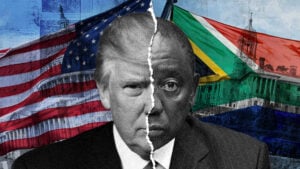Another disaster for South Africa
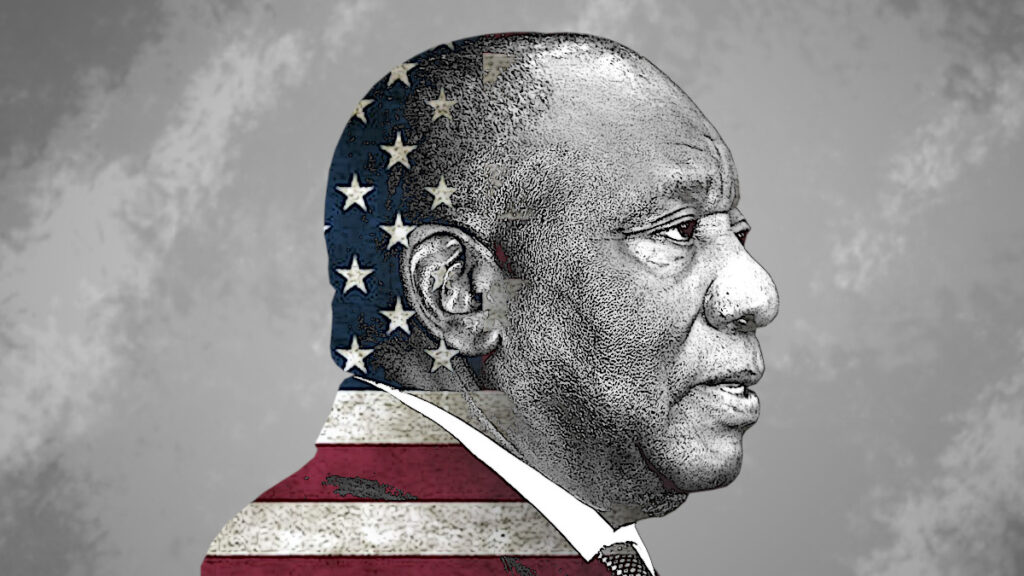
United States President Donald Trump has threatened to intensify and exacerbate punitive tariffs on countries aligned with BRICS, saying he will apply an additional 10% tariff on them.
Trump took to his Truth Social platform on Monday (7 July) and posted the threat.
“Any country aligning itself with the anti-American policies of BRICS will be charged an additional 10% Tariff. There will be no exceptions to this policy,” he said.
This comes as South Africa is trying to negotiate a trade deal with the United States, ahead of the expected reintroduction of Washington’s “reciprocal” tariffs announced in April.
On 2 April, Trump announced a global tariff structure based on trade deficits with the United States. This included a 31% tariff on South Africa.
While the tariffs were expected to come into effect on 9 April, Trump paused them for 90 days—a hold that is expected to end this week.
In the interim, the United States reverted to a flat universal tariff of 10%, in addition to a 25% tariff on the automotive sector.
Delegations from South Africa have been working with counterparts from the US to negotiate a trade deal between the two countries to escape the looming 31% tariff.
However, with no deal signed as yet and the threat of an additional 10% for BRICS-aligned countries, South Africa now faces an impending disaster.
The BRICS group of emerging-market nations — the acronym for Brazil, Russia, India, China and South Africa — expanded in 2024 to include Iran, the United Arab Emirates, Ethiopia and Egypt.
Many countries in the bloc are seen as being enemies of the United States, with extremely strained relations between the US and Russia, China and Iran, in particular.
South Africa has also drawn the ire of Trump’s administration this year, with the country being a surprising target of many direct policy shots, including accusations of human rights abuses.
The US president previously threatened the BRICS bloc with a 100% tariff if it moved forward with any plans to ditch the US dollar and adopt a new currency in bilateral trade.
This provoked a response from the bloc, dismissing any claims or indications that the countries were moving towards a new unified currency.
However, the bloc has been discussing ‘de-dollarisation’ since 2023, with countries like India and China encouraging the use of local currencies in trading.
Regardless, the bloc’s New Development Bank continues to rely on the dollar for its investments, which have exceeded $30 billion in member states and other developing economies.
South Africa’s tariff disaster
If South Africa does not secure a trade deal with the United States, or at the very least get an extension on the reciprocal tariff pause, the country stands to suffer significant losses.
The US has indicated that a three-week extension for some countries may be on the cards; however, there is no confirmation that South Africa is among those being considered.
With an additional 10% slapped onto the 31% reciprocal tariff, South Africa risks facing a 41% general tariff, and its auto sector would suffer more hardship with a cumulative 66% tariff.
Analysts have noted that the reciprocal tariff alone would wipe out the complete benefit of being a part of the African Growth and Opportunity Act (AGOA), which itself is at risk of ending.
According to Aluma Capital chief economist Frederick Mitchell, South Africa exported an estimated R71.5 billion through AGOA in 2024, accounting for 46% of total exports to the US that year.
One of the largest beneficiaries from a trade point of view is the auto sector, which exported close to R34 billion through the Act in 2024, and has exported well over R100 billion since 2019.
However, with Trump’s tariffs, this would effectively be wiped out.
The tariffs would also damage South Africa’s agriculture and iron and steel industries, resulting in economic loss, job losses, and ripple effects on secondary and tertiary industries.
The Department of Trade and Industry and Competition (DTIC) said in June that it had presented a new trade framework to Washington counterparts to mitigate this impending disaster.
The department said the framework addressed US concerns relating to non-tariff barriers, trade deficits, and commercial relations through two-way procurement or import of strategic goods.
It proposed exempting key South African export products, including autos, auto parts, and steel and aluminium, from US duties through tariff rate quotas.
However, South Africa wants to keep the maximum tariff application of 10% at worst—something that may not be possible with Trump’s latest take on BRICS.
